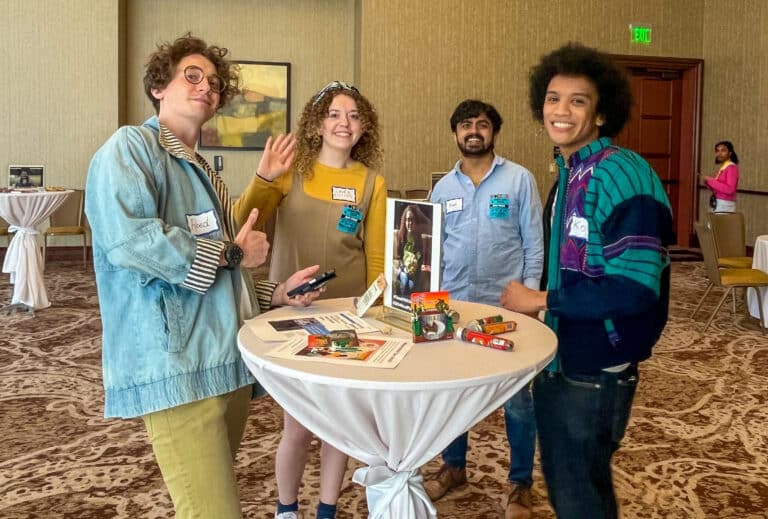Though the future is inherently uncertain, it also rarely arrives unannounced. While it is true that no one can predict the long-term future accurately, we can gain an awareness of what is changing and think critically about what those changes might mean. That awareness allows us generate a range of possibilities of what could happen, what we think should happen and what we might want to avoid, which in turn can help us each take more informed action toward shaping the future
The process of identifying what is changing is often referred to as scanning. As futurists, my colleagues and I continually seek to identify trends, patterns and weak signals of change across a wide variety of topics or domains. Keeping an eye toward changes that are already happening and could potentially happen informs our thinking and provides evidence for the ways in which the future might be different than the present.
Our newest comprehensive forecast, Navigating the Future of Learning, explores how trends and other changes outside of education might affect education and learning over the next decade. The forecast explores five drivers of change that present both challenges and opportunities for education. A driver of change is a collection of trends, patterns, weak signals of change, stated plans of influential stakeholders and other data points that are surfaced through the scanning process and bundled together thematically. The drivers are listed below:
- Automating Choices: Artificial intelligence and algorithms are automating many aspects of our lives.
- Civic Superpowers: Engaged citizens and civic organizations are seeking to rebalance power.
- Accelerating Brains: People have increasing access to tools and insights that are reshaping our brains in intended and unintended ways.
- Toxic Narratives: Outdated and misaligned systems and metrics of success are contributing to chronic health issues, including rising rates of mental illness among children.
- Remaking Geographies: Communities are working to remake themselves in the face of deep transitions.
 Download a poster of the five drivers of change or learn more in Navigating the Future of Learning.
Download a poster of the five drivers of change or learn more in Navigating the Future of Learning.
Of course, these are not the only changes affecting education; you could and should see others. We all experience change at different levels, at different rates of speed and from different sources which can differ depending on where you live, where you work, your own interests and more.
Because change is a constant, scanning, and by extension thinking about the future, are meant to be ongoing exercises. Materials like Forecast 5.0 are intended not only to give stakeholders a view of what is changing, but also to help seed ideas and inspire people to consider how they might want to harness change in order to shape the future.
Which drivers of change highlighted in our new forecast might you be experiencing or dealing with now? What drivers of change other than the ones explored in our new forecast are affecting you?
In The Future of Learning: Navigating the Future of Learning, you will discover how current trends could impact learning ten years from now and consider ways to shape a future where all students can thrive.







